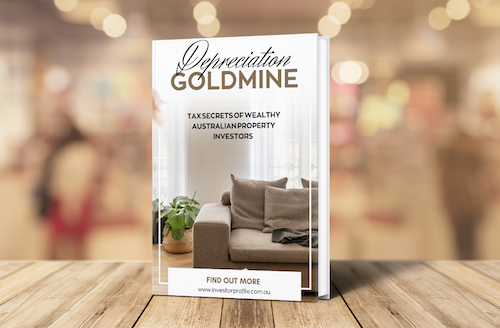Impact of Rising Interest Rates on Borrowing Capacity (Australia, June 2025)
Exploring the Effects of Economic Shifts on Property Investment
Interest Rate Trends and Current Levels
- Australia’s official cash rate climbed from 0.10% in 2021 to a high of 4.35% by late 2023 as the RBA battled inflation.
- In 2025, the RBA has pivoted to an easing cycle, reducing the cash rate to 4.10% in March and further to 3.85% in May.
- Major banks anticipate gradual cuts toward a 3.35%–3.85% range by year-end, with potential for slight declines in 2026 if inflation remains subdued.
Serviceability Criteria and Stress Test Buffers
The Australian Prudential Regulation Authority (APRA) mandates a 3% buffer above the actual loan interest rate to stress-test borrowers’ repayment capacity. For example, a home loan quoted at 6% is assessed at 9% when calculating affordability, ensuring borrowers can withstand future rate increases.
Practical Example
Assuming:
- Gross salary: $100,000/year
- Rental income: $2,000/month (80% counted)
- Living expenses: $3,000/month
- Existing debt repayments: $1,500/month
Total assessed income: $9,933/month. A $500,000 loan at a 9% serviceability rate requires repayments of $3,959/month. With total commitments of $8,459, the debt-to-income (DTI) ratio hits 85%, surpassing the typical 50–60% lender threshold.
Why Borrowing Power Has Fallen
- Every 0.5% rise in interest rates cuts borrowing capacity by roughly 5%.
- Since 2022, Australians’ borrowing power has dropped by about 40%.
- The 3% stress buffer remains a key constraint despite recent rate cuts.
Potential Changes and Outlook
There is industry debate over reducing the buffer from 3% to 2.5%, which could boost borrowing power by around 5%. Regulators, however, proceed cautiously to maintain financial system resilience.
Tips to Improve Serviceability
- Pay down or refinance existing debts.
- Document stable rental income.
- Increase your deposit to lower the loan-to-value ratio (LVR).
- Compare offerings from major banks, regional lenders and non-banks.
Summary Table (June 2025)
| Metric | Value / Status |
|---|---|
| RBA Cash Rate | 3.85% |
| Typical Home Loan Rate | ~6% |
| Serviceability Buffer | 3% (assessed at ~9%) |
| Borrowing Power Impact | –40% since 2022 |
| Preferred DTI Ratio | 50–60% |
| Buffer Reduction Impact | +5% borrowing capacity |
Conclusion
Although the RBA has begun trimming rates, elevated borrowing costs combined with the mandatory 3% stress buffer continue to limit Australians’ borrowing power. These safeguards support financial stability but also constrain home ownership opportunities.

Discover the #1 tax secret wealthy Australian property investors use to grow their portfolios faster — even in a high interest rate environment.
- Learn how to turn wear and tear into wealth
- See real examples of $15,000+ first-year deductions
- Understand how to structure your purchases for maximum after-tax ROI
Download Your Free Wealth Building Guide
This ebook reveals how to legally slash your tax bill while building long-term wealth through property. Learn the strategies savvy investors use to gain an edge — even before settlement.
- Maximise tax deductions and improve cash flow
- Understand Division 40 vs 43 and how to claim both
- Position yourself to reinvest and scale faster


